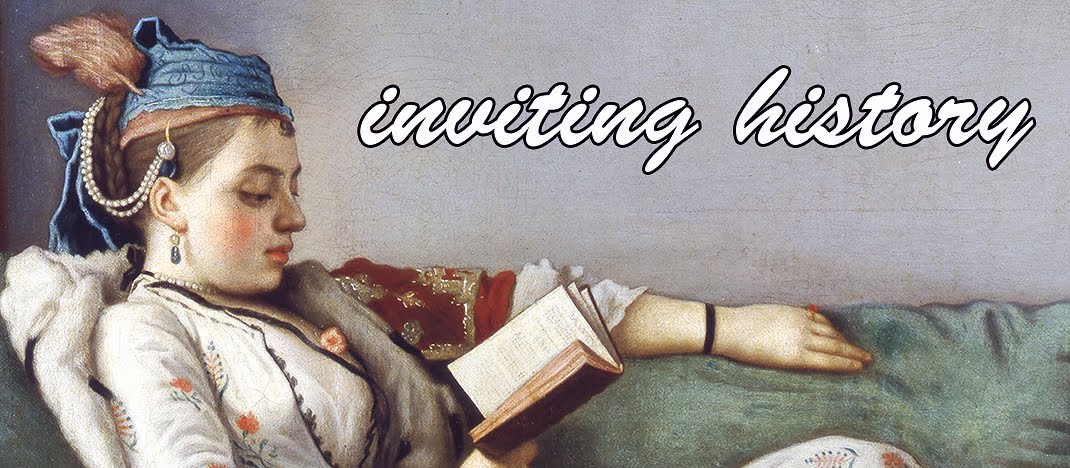(Note: I apologize for the unaccounted inactivity for the past month--real life has been taking up a lot of my energy and I was short on time to devote to this blog until now!)
The word "footbinding" conjures up two distinct images: the intricate and impossibly small "lotus shoes" and the women with deformed feet who wore--and, for a dwindling number of older Chinese women, still wear--them. While these two images are certainly part of footbinding, they are merely pieces of a much larger cultural puzzle that made up a practice which lasted for at least four centuries. Every Step a Lotus: Shoes for Bound Feet by Dorothy Ko fills in more of this puzzle by providing an overview of the history of footbinding, its development and adaptation through varying Chinese cultures, and how--and possibly why--footbinding played such a large role in the vital but often overlooked "inner circle" of women's society in Qing China.
It is clear from the outset of this book that Kohas chosen to approach footbinding from a historical and cultural viewpoint, rather than from one which casts judgement on the practice of footbinding from a modern viewpoint. "As a historian who has studied footbinding and women's cultures for
years," she writes, "I do not claim to be neutral. I feel strongly that we should
understand footbinding not as a senseless act of destruction but as a
meaningful practice in the eyes of the women themselves." Although the pain and deformations caused by footbinding are discussed (and, in a few photographs, shown) Ko does not linger on them outside of providing an informative though, of course, shocking "instructional" illustrated guide to how footbinding was usually performed. However, most of the book explores the shoes worn after footbinding and the role that both the practice and lotus shoes had in the lives of women of varying social standing throughout several centuries of Chinese history.
Although footbinding was a consequence of living in a society which was ruled and dominated by men, the world and culture of footbinding was ruled and dominated by women. Footbinding, in essence, was strictly within the female domain. Female matchmakers and other respected women in a village or area would be consulted before the process of footbinding began in order to ensure that the process was started during the correct time. Mothers, aunts, and elder sisters would perform the act of footbinding on daughters and other young girls in the family. They would also teach those girls to create well-made and intricate lotus shoes, which were not only for practical purposes--the girls would need to be able to create footwear for their bound feet, in varying sizes as their feet became smaller--but also to help improve their chances of making a successful marriage match. Girls who could create well made shoes with fine and detailed designs were favorable to those whose work was more or less shoddy. Matchmakers would not only assess the size of a girl's feet, but her ability to create shoes and perform other essential female work. A young woman's ability to create fine lotus shoes would also make her transition into a new household after marriage much easier, as this skill was highly valued.
In addition to the vivid descriptions of how footbinding fit into female Chinese society, the book features numerous colorful photographs of lotus shoes from various Chinese cultures. Many of these shoes have never been on public display due to their delicacy and were seen by the public for the first time in this book. From a cultural standpoint, it is very interesting to see how the shoes varied depending on the region and time period. Lotus shoes from mountain regions, for example, tended to be bigger and more sloped to allow for women to more easily navigate the harsh terrain. Almost all of the shoes feature beautiful embroidery and vivid colors, which makes it easy to see why having the skill to make these shoes was so highly valued.
Every Step a Lotus: Shoes for Bound Feet by Dorothy Ko is an essential look at the practice of footbinding from a historian intent on placing this cultural practice back into its historical context--as an important piece of the puzzle of women's lives during Qing Dynasty China. I highly recommend this book for anyone interested in Chinese history, women's studies, or unique historical fashion.
Tuesday, June 26, 2012
Subscribe to:
Posts (Atom)
Search This Blog
Blog Archive
About Inviting History
Inviting History is a book and history blog dedicated to especially interesting, overlooked or niche areas of history, as well as their interpretation in both non-fiction and literature.
Inviting History Book Reviews
Updated Tuesdays, Thursdays and Sundays with book reviews, historical posts, and more!
**Inviting History Has Relaunched as of April 2019!**
Inviting History Book Reviews
About Me

- Anna Gibson
- (Formerly Anna Amber)
"History is scholarship. It is also art, and it is literature."
I am a history loving writer who enjoys reading and blogging in my spare time. I currently run three blogs: Reading Treasure, a blog dedicated to books and more about Marie Antoinette and 18th century France; Treasure for Your Pleasure, a Tumblr microblog dedicated to Marie Antoinette and her world; and my newest blog, Inviting History, a book blog dedicated to unique and overlooked history books.

